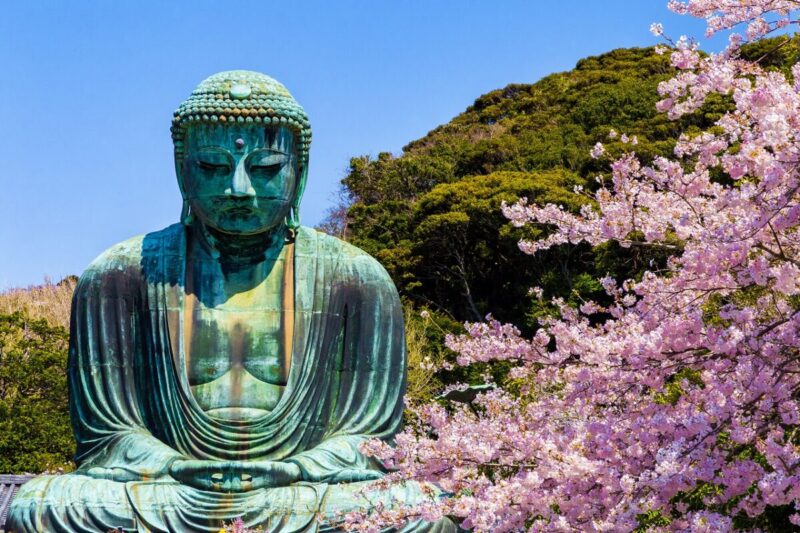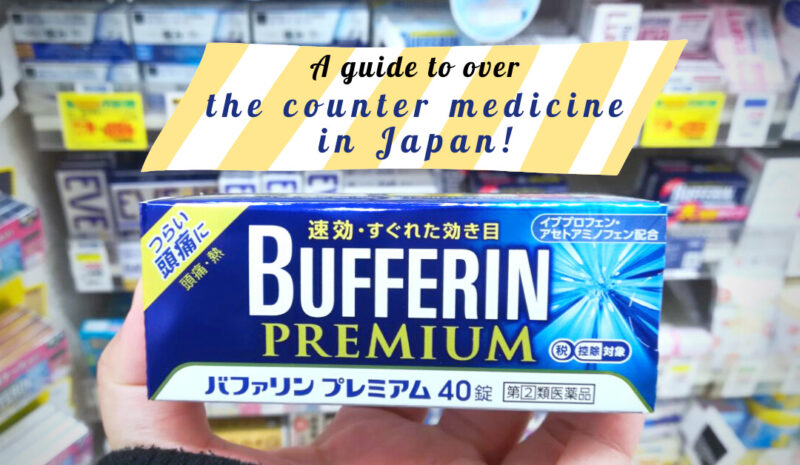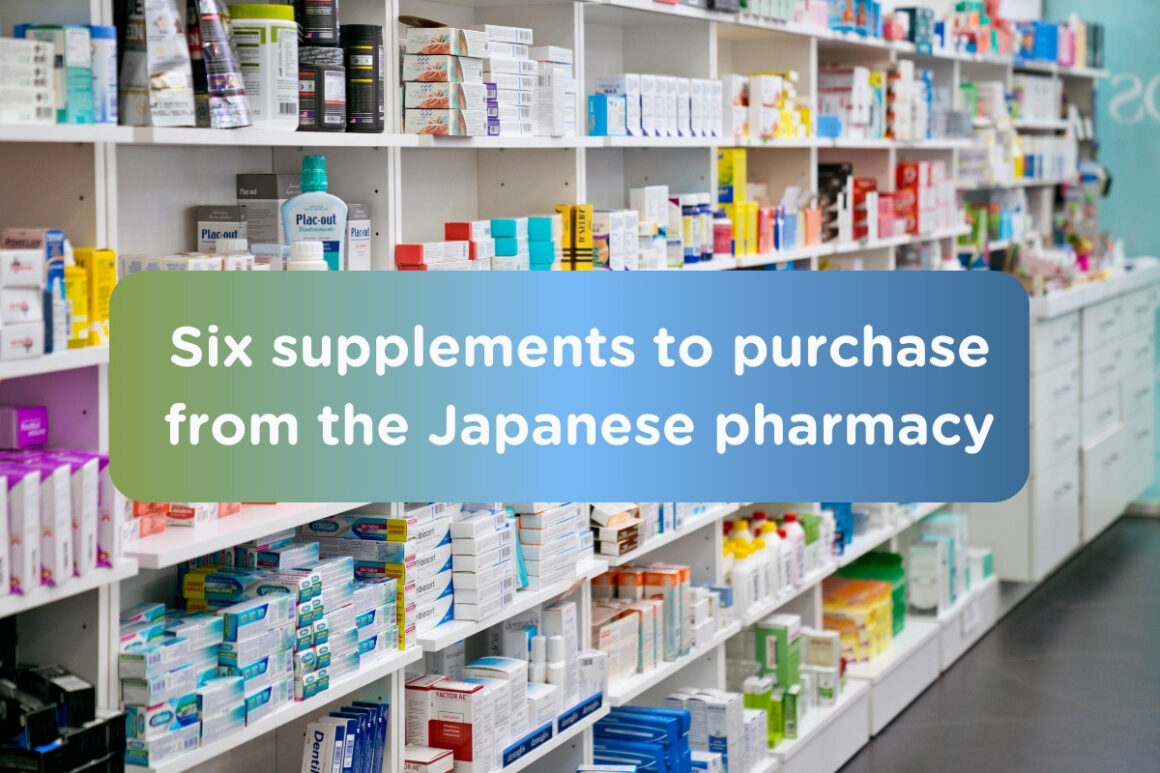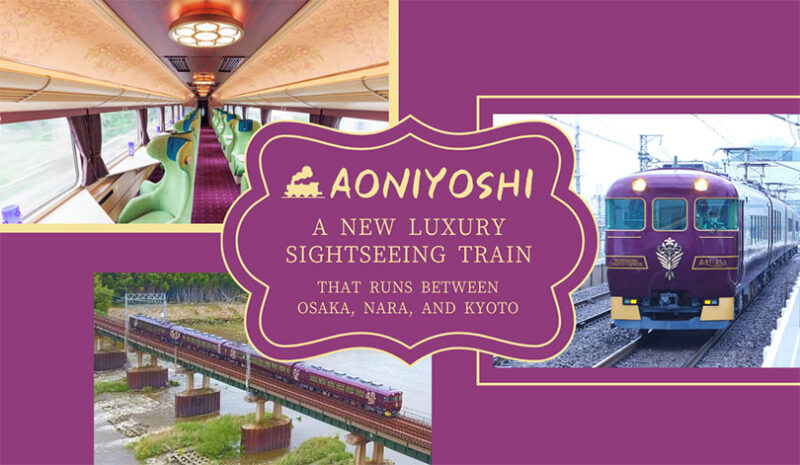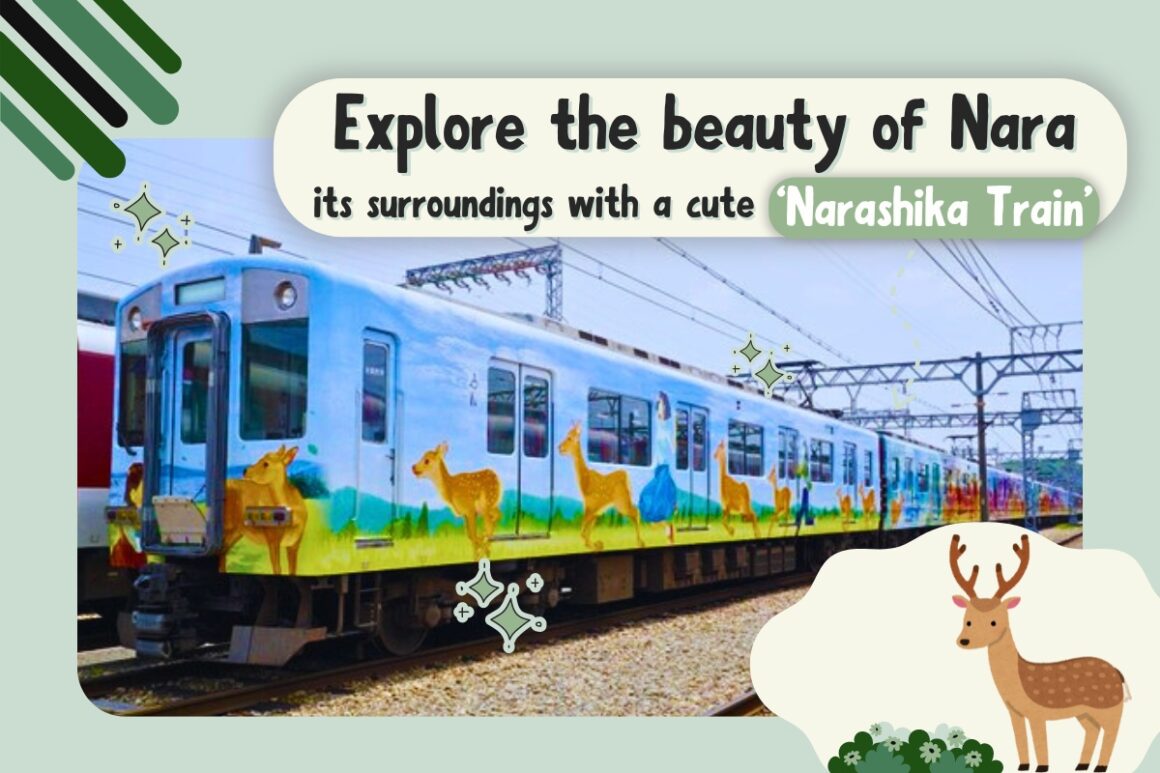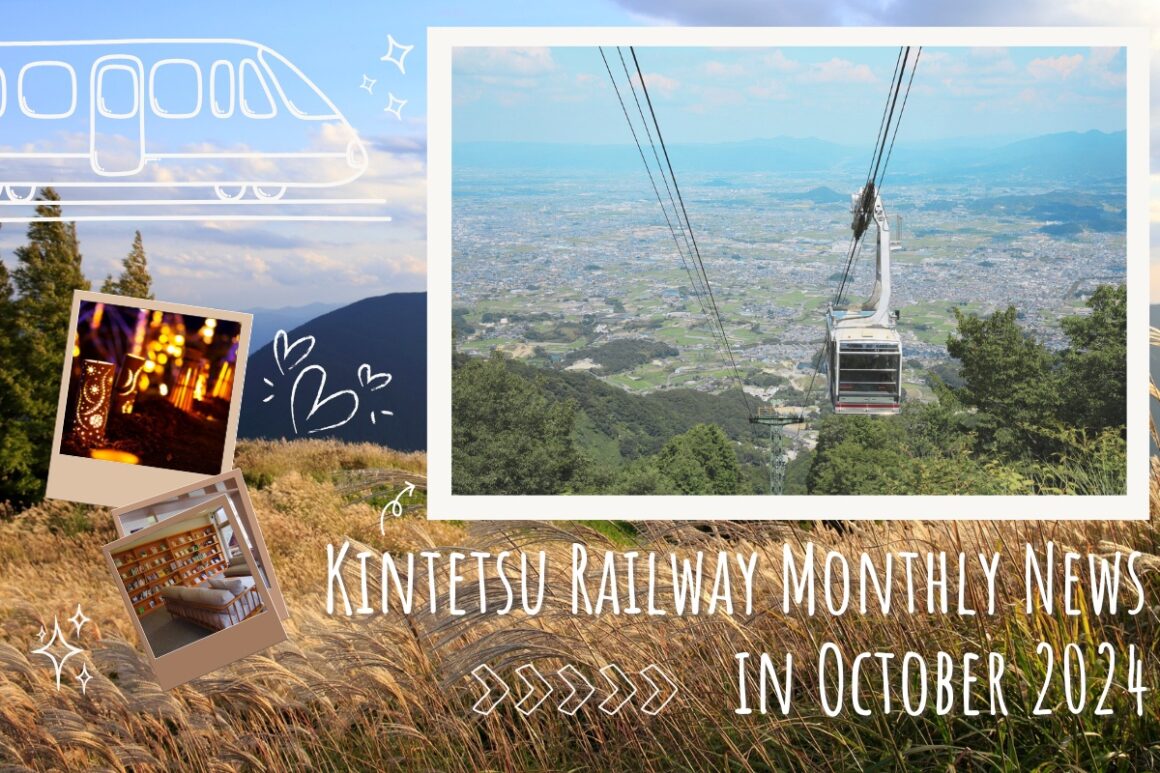10 amazing things to do in Kanagawa, Japan!
Apr 20, 2021
Kanagawa Prefecture is at southwest of Tokyo, and this prefecture is a home to some of the most iconic tourist destinations in Japan, including Hakone, Lake Ashinoko, Kamakura, and Enoshima.
Kanagawa is just located within few hours from Tokyo, and it’s home to Yokohama, Japan’s 2nd largest city, and also Yokohama Chinatown, the biggest Chinatown in the country. In addition, Kanagawa is also famous for its resort destinations, and the prefecture has become a popular weekend getaway spot from Tokyo for these last decades.
Brimming with beautiful nature and interesting tourist destinations, how about visiting Kanagawa to have both, an extraordinary, yet a novel adventure?
Index
How to get there
Recommended sightseeing spots in Kanagawa
Kanagawa’s best local treats
How to get there
Kanagawa Prefecture is accessible by trains, and the main transportation hubs in Kanagawa are Yokohama Station and Shin-Yokohama Station.
The most convenient way to get to Kanagawa from Tokyo is by taking the local JR trains or the Tokyo Metro Subways that go to Yokohama, such as the JR Shonan-Shinjuku Line, JR Tokaido Line, JR Yokosuka Line, Tokyu Toyoko Line, and Keikyu Main Line.
It takes less than an hour to reach Yokohama Station from Tokyo, and if you’re coming from the Kansai region, you can take the shinkansen bullet trains that stop at Shin-Yokohama Station.
Recommended sightseeing spots in Kanagawa
Kanagawa is easily accessible from Tokyo, and the prefecture is home to some of the best sightseeing spots in Japan, such as Lake Ashinoko and its Mt. Fuji, Hakone Shrine, Owakudani, and Kamakura.
The prefecture is also home to many delicious local treats like Sanmamen, a vegetable loaded ramen founded in Yokohama Chinatown, and Shirasu, a local specialty of Enoshima that is usually served as rice bowls.
Kanagawa is a perfect weekend getaway spot from Tokyo, and here are our picks for the best things to do in Kanagawa, Japan!
1. Pray for a good fortune at Hakone Shrine!
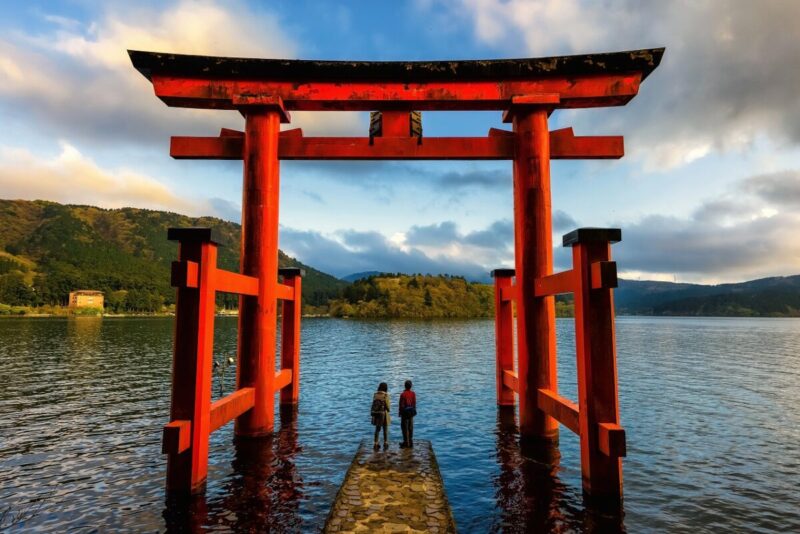
Hakone Shrine is the most famous Shinto shrine in Hakone, which stands at the food to Mt. Hakone along the shores of Lake Ashinoko. The shrine is best known for its huge torii gate that stands in the Lake Ashinoko.

The buildings of Hakone Shrine are hidden in a dense forest, and there are paths from the torii that go through the forest to the main building of the shrine, which sits in the middle of tall trees.

The shrine was built in 757 and many military commanders and people visit the shrine to pray for good fortune and safety. Hakone Shrine holds monthly and seasonal festivals and celebrations, including the Ashinoko Summer Festival Week that held from the end of July to the beginning of August annually.
Hakone Shrine
Business hours : 9:00-16:00
Admissions : free
Google MAP
Website (Japanese)
2. Cruise along Lake Ashinoko with a pirate boat!
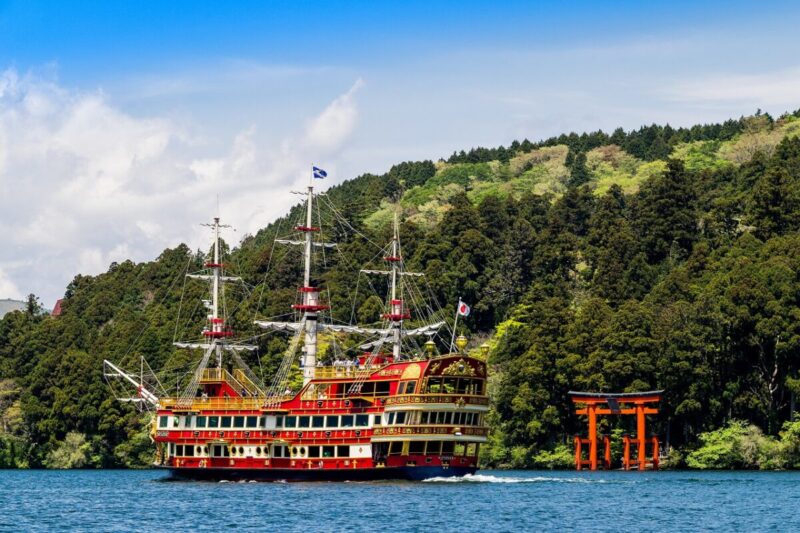
Lake Ashinoko is a beautiful caldera lake in Hakone, which was formed by Mt. Hakone’s last eruption 3,000 years ago. The lake has Mt. Fuji in the background, and there are a couple of lakeside resort hotels.
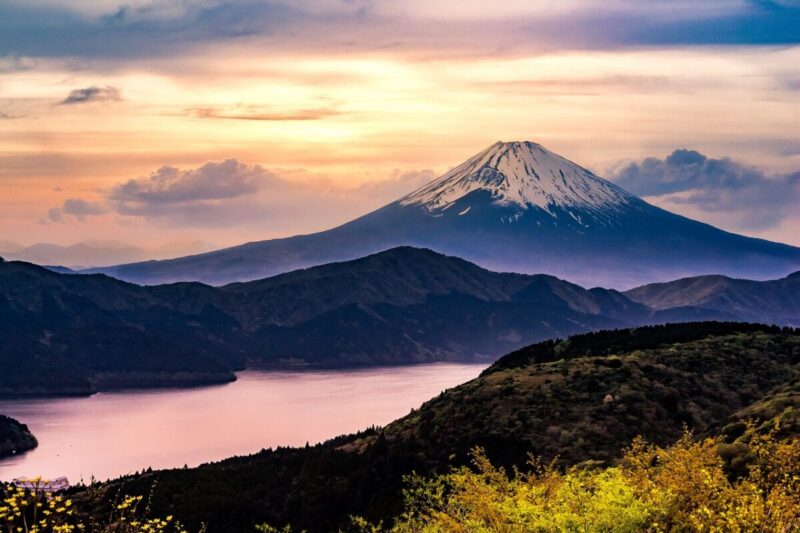
The best place to enjoy the view of Lake Ashinoko and Mt. Fuji are from Moto-Hakone, which is just a few steps away from the sightseeing boat pier), or from the pirate sightseeing boats cruising the lake.
Lake Ashinoko
Google MAP
3. Visit Owakudani for its amazing hot springs and scenic view!
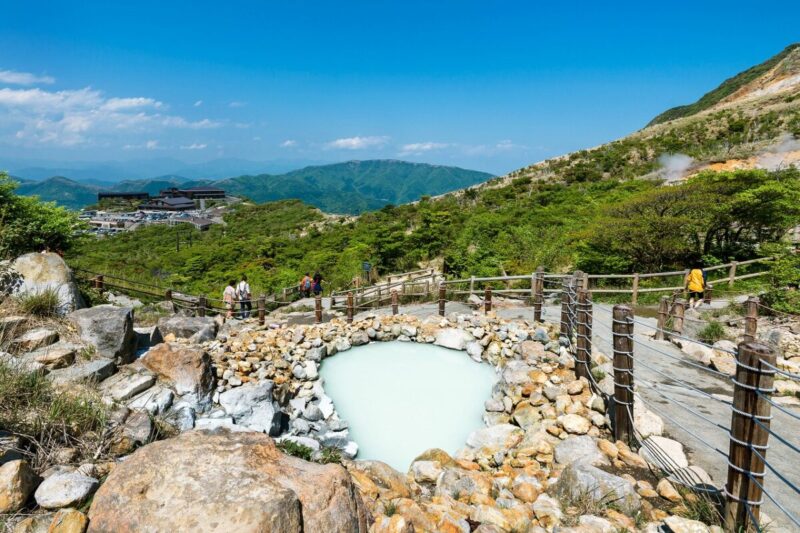
Owakudani is an area around the crater created by the last eruption of Mt. Hakone 3,000 years ago, and it has become one of the most fantastic spots to visit in Hakone. Particularly known for its sulfurous fumes, hot springs, and hot rivers, Owakudani is a unique spot for tourists.
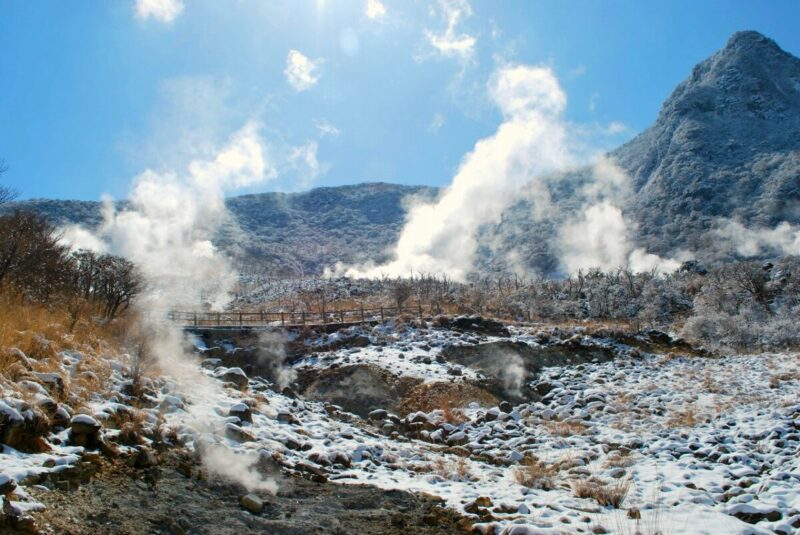
There is a short walking trail from the ropeway station that takes you into the volcanic zone, where you can find number of steam vents and bubbling pools. You can also buy eggs that are cooked in natural hot water that blackens the shells with the sulfur.
Owakudani
Google MAP
Website (Japanese)
4. Explore Yokohama Chinatown for its amazing treats!
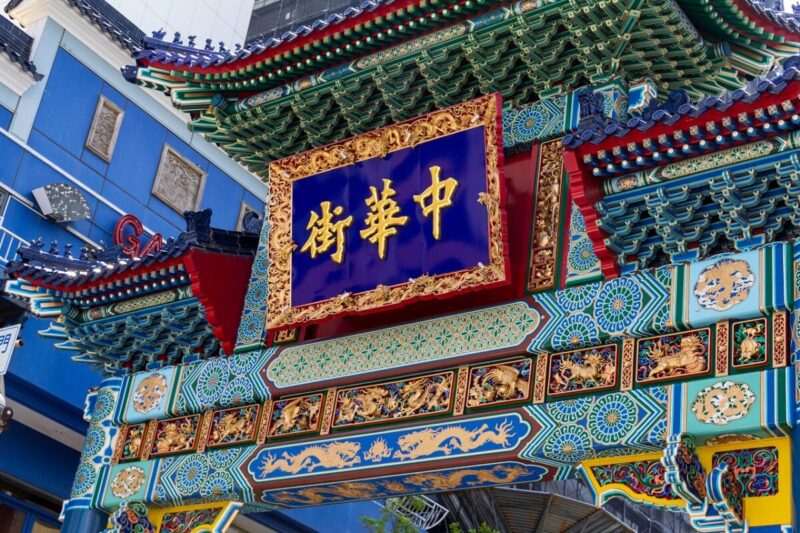
Craving for some good Chinese food? How about visiting Yokohama Chinatown for its amazing local treats?
Yokohama Chinatown is known as the largest Chinatown in Japan, and there are many restaurants where you can enjoy an all-you-can-eat Chinese food from around 1,500 yen only.
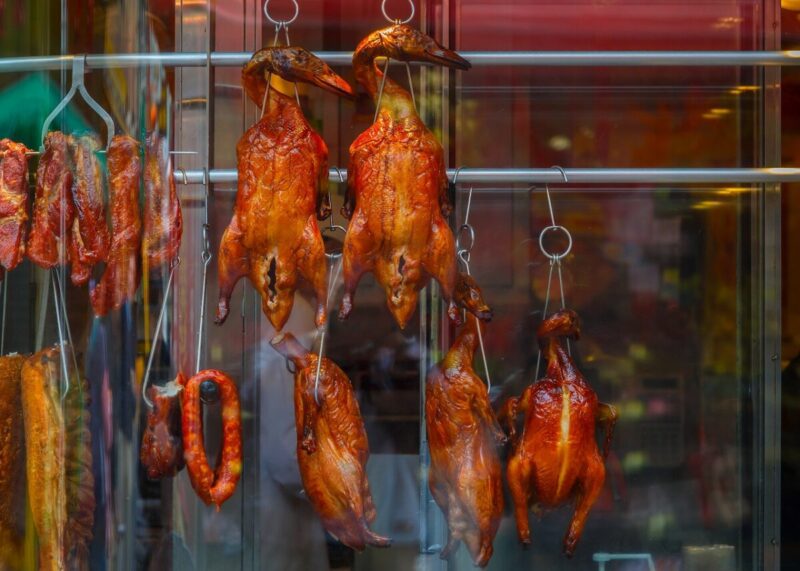
Some of the most famous local treats to try when visiting the Chinatown are the Peking Duck, pork buns, grilled Xialongbao, and shumay. There are also a lot of sweets treats to enjoy in the area, such as bubble tea and sweet buns.
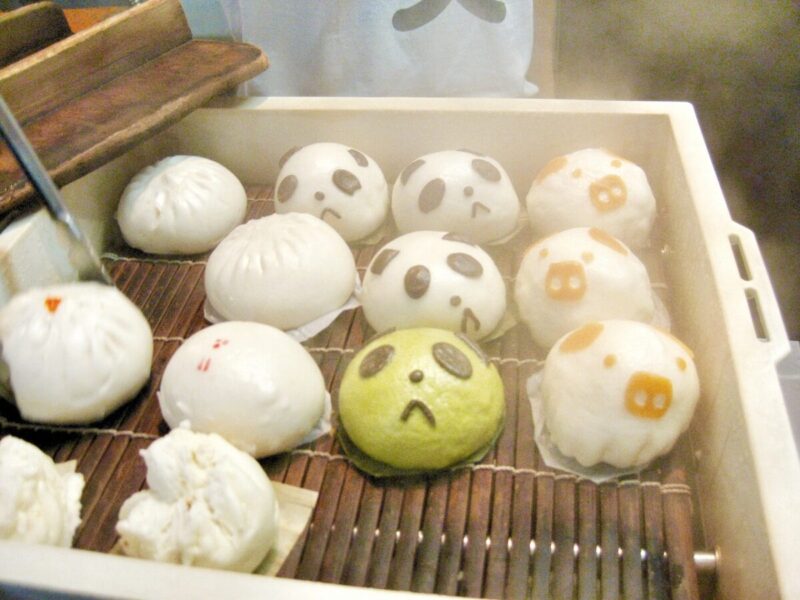
One of the most famous sweet buns in Chinatown is the panda-shaped buns, which are filled with sweet fillings like chocolate, green tea paste, or custard cream.
Yokohama Chinatown
Google MAP
5. Enjoy the breathtaking night view of Minato Mirai 21!
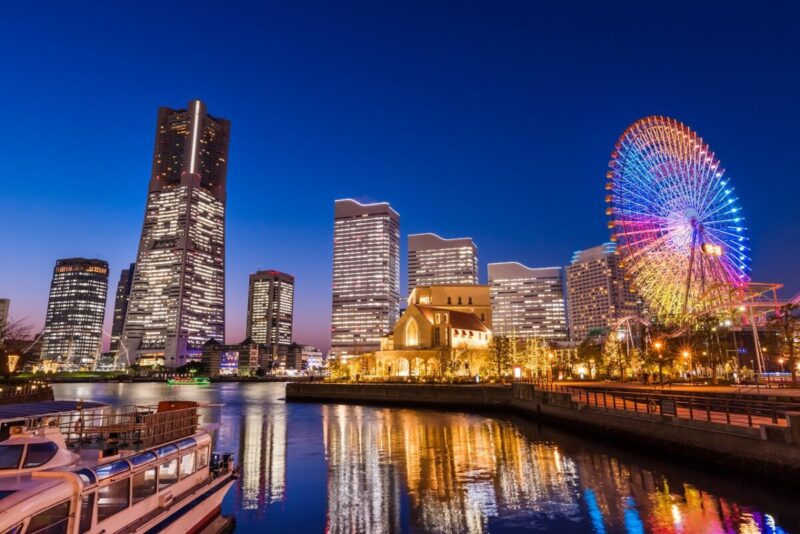
Minato Mirai 21, or known as MM21, is one of the best scenic spots you can visit in Yokohama, and it’s particularly known for its beautiful night view. Some of the most famous landmarks in Minato Mirai 21 are the Landmark Tower, the Cosmo World’s Ferris Wheel, the Osanbashi Pier, and the Pukarisanbashi Pier.
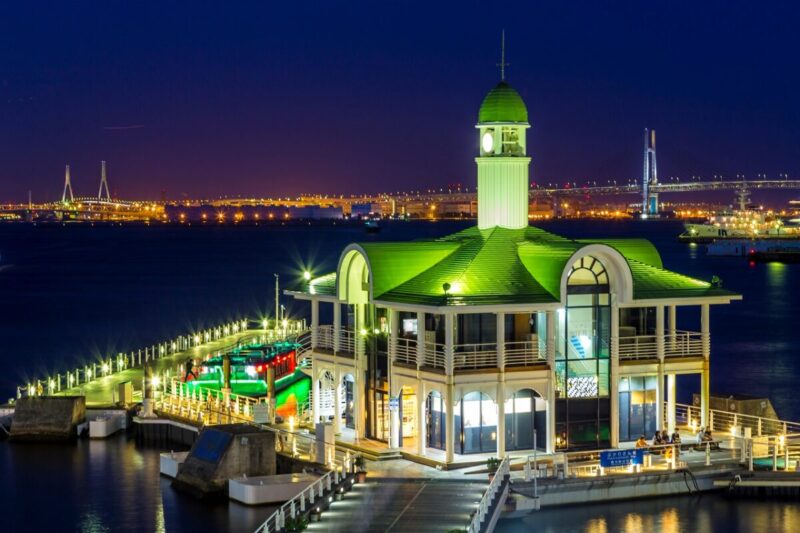
One of the best ways to enjoy the night view of Minato Mirai 21 is by viewing it from the observatory deck of Landmark Tower, where you can enjoy the view of Yokohama City and Minato Mirai 21 from above, which are illuminated by the beautiful lights.
Minato Mirai 21
Google MAP
6. Nippon Maru : a legendary Japanese ship that sailed over a million kilometers

Nippon Maru is a former training vessel for officers of Japan’s merchant marine, and it was built and launched by Kawasaki Shipbuilding Corporation in Kobe in 1930. The ship is permanently docked in Yokohama harbor, in Nippon Maru Memorial Park.
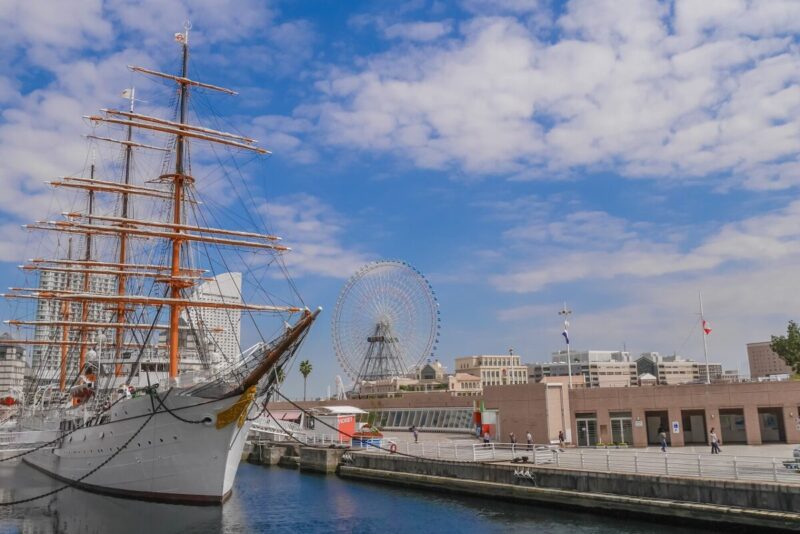
Nippon Maru has sailed over a million kilometers, and it currently serves as museum, allowing visitors to explore the inside of the ship.
Nippon Maru
Business hours : 10:00 – 17:00
Admissions : 600 yen (adults), 300 yen (age 16-17)
Google MAP
Website
7. Visit Sankeien for its breathtaking seasonal views!
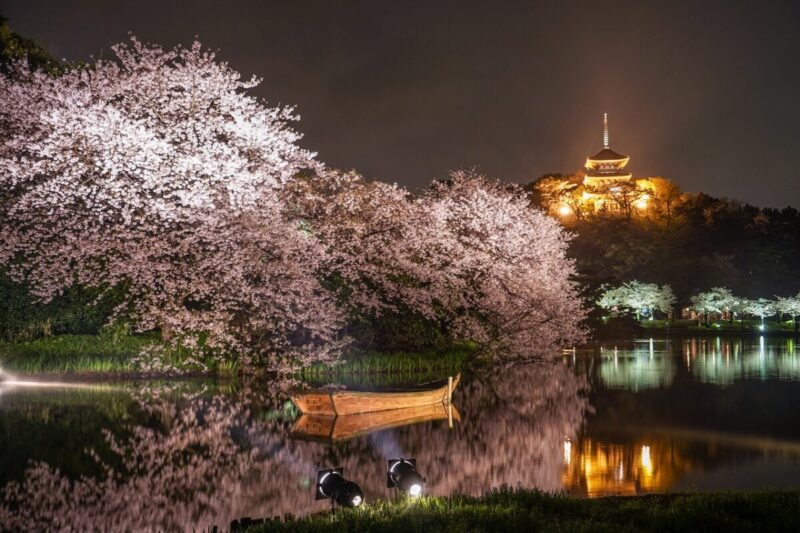
Sankeien is a Japanese traditional garden donated to the city by the Hara family in 1953, and it has become one of the most popular gardens in the prefecture. Located just about a 35-minute bus ride from Yokohama Station, Sankeien is packed with historical buildings, a traditional Japanese garden, and a teahouse in its area.
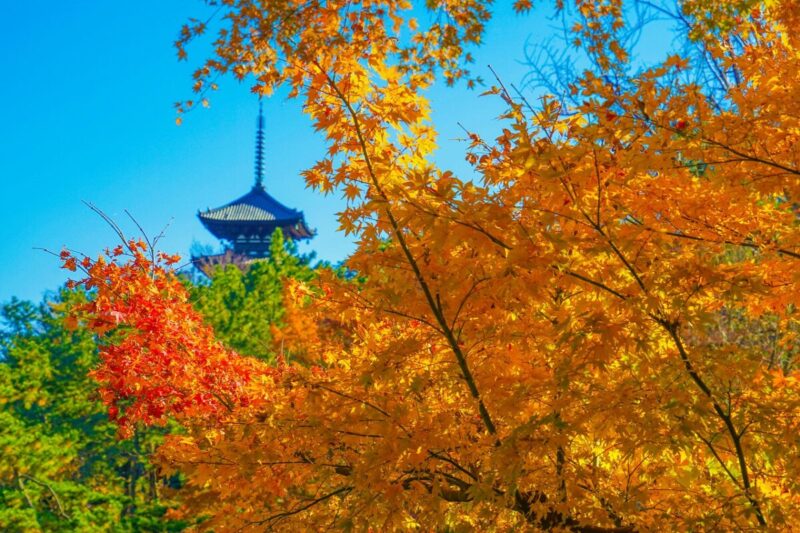
Sankeien is a 175,000 m2 garden, and it is registered as an Important Cultural Properties and Tangible Cultural Properties. Particularly known for its amazing seasonal views, the best time to visit the garden is in spring, when the cherry blossoms are in full bloom, or in fall, when the leaves turn to red and gold.
Sankeien
Business hours : 9:00 – 17:00 (last entry is at 16:30)
Admissions : 700 yen (age 15 & above), 200 yen (age 14 & under)
Google MAP
Website
8. Stop by Odawara Castle, one of the most important castles in Japan

Odawara Castle is one of the most iconic destinations of Odawara City that sits at the entrance of Hakone. Originally built in the mid-15th century, Odawara Castle fell into the hands of Hoko Clan, but later Toyotami Hideyoshi attacked the castle in 1590 and defeated the clan, reuniting Japan.
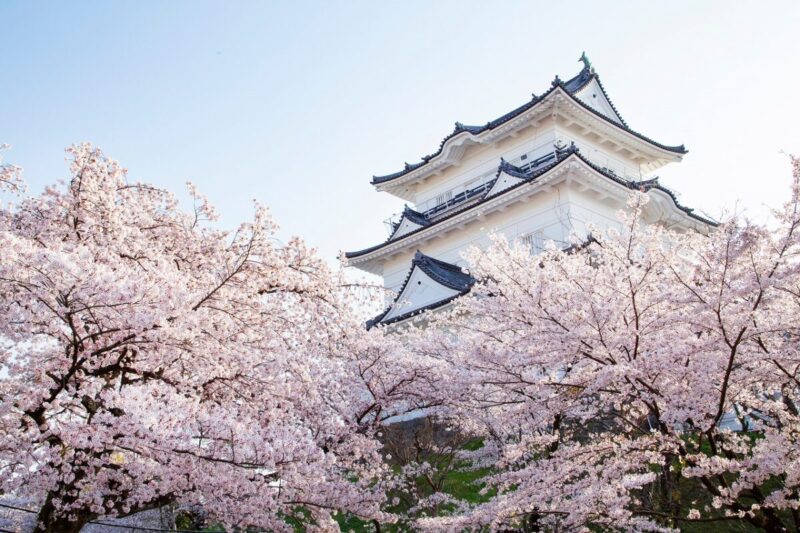
Odawara Castle was detroyed by an earthquake in 1703, but it has been rebuilt for several times until today, and it became the closest castle keep to Tokyo today.
This castle keep is three stories on the outside and four stories on the inside, exhibiting artifacts related to the history of the castle, armor, and swords.
Odawara Castle is also famous spot for cherry blossoms and many other flowers, including the plum blossoms, azalea, wisteria, iris, hydrangea, and lotus blossoms.
Odawara Castle
Business hours : 9:00 – 17:00
Admissions : 310 yen (Ninja Museum), 200 yen (Samurai Museum), 610 yen (castle keep and Samurai museum), 800 yen (castle keep and both museums)
Google Map
Website (Japanese)
9. Visit Kamakura Daibutsu, one of the most iconic spots in Kamakura
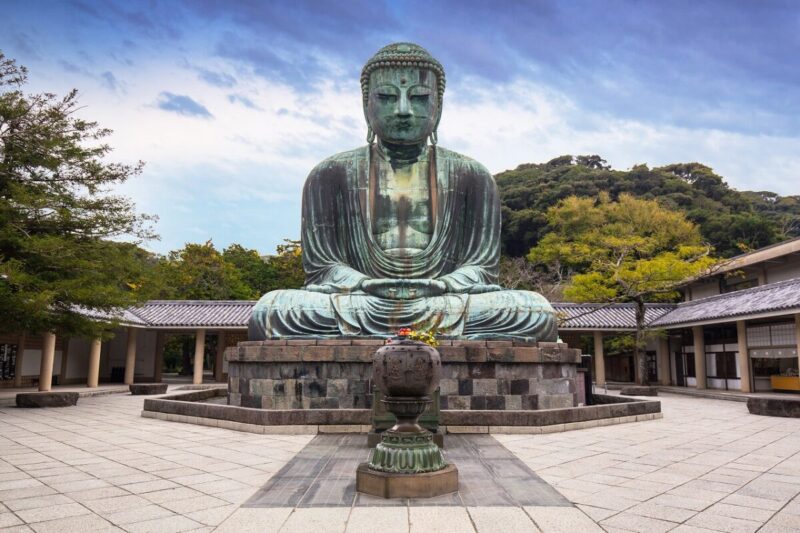
Kamakura Daibutsu, or the Great Buddha of Kamakura, is the most iconic sightseeing spot in Kamakura. The Buddha statue is known as the second tallest Buddha statue in Japan and visiting Kamakura without stopping by the statue means you haven’t really been to Kamakura.
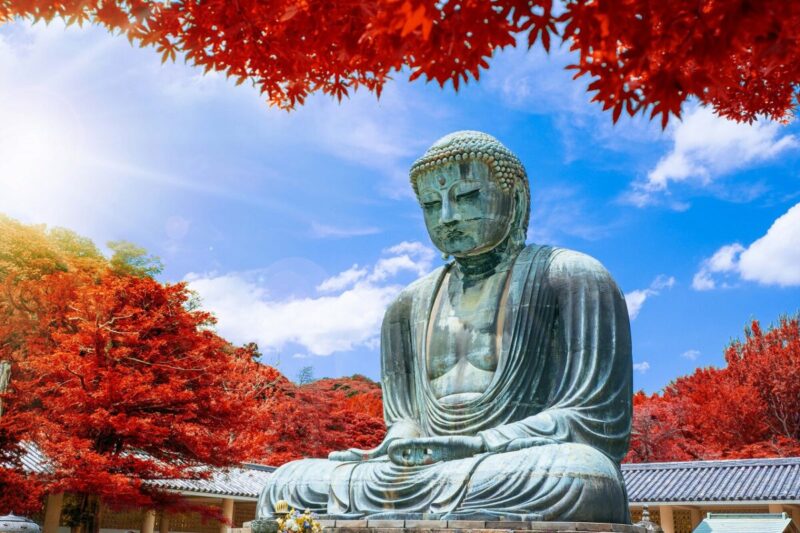
Located in the Kotokuin Temple area, Kamakura Daibutsu is known for its beautiful seasonal views, particularly for its dainty pink cherry blossoms and vibrant autumn leaves.
Kamakura Daibutsu
Business hours : 8:00 – 17:30
Admissions : 300 yen (age 13 & above), 150 yen (age 6-12)
Google MAP
Website
10. Visit Enoshima for its gorgeous scenery!

Enoshima is a small island in Kanagawa that is known for having a bit of everything – local restaurants, parks, shrines, aquariums, and caves – and it’s not so far from Kamakura, the most famous historical destination of Kanagawa Prefecture.

Enoshima is best known for its amazing beach scenery, which looks even more beautiful at night. Some of the best sightseeing spots in Enoshima to visit are the Enoshima Aquarium, Enoshima Shrine, Enoshima Sea Candle, and Samuel Cocking Garden.
Enoshima
Google MAP
Click here to read more informations about Enoshima
Kanagawa’s best local treats
Kanagawa is only few hours away from Tokyo, making it a perfect destination for a day trip from Japan’s busy capital. The prefecture is bordered by the sea, and it is known for having a great number of sightseeing spots and local delicacies, such as shirasu (whitebaits), ramen, and black egg from Owakudani.
Looking to fill your tummy with Kanagawa’s amazing local treats? Here are our picks for the best foods to eat when visiting Kanagawa!
1. Shirasu

Shirasu is a whitebait and it’s a specialty of Enoshima, an island in Kanagawa that is not so far from Kamakura. Shirasu is boiled and salted or served raw on a bed of rice as a shirasu bowl. You can try shirasu bowl at many restaurants in Enoshima and Kamakura.
2. Pork buns
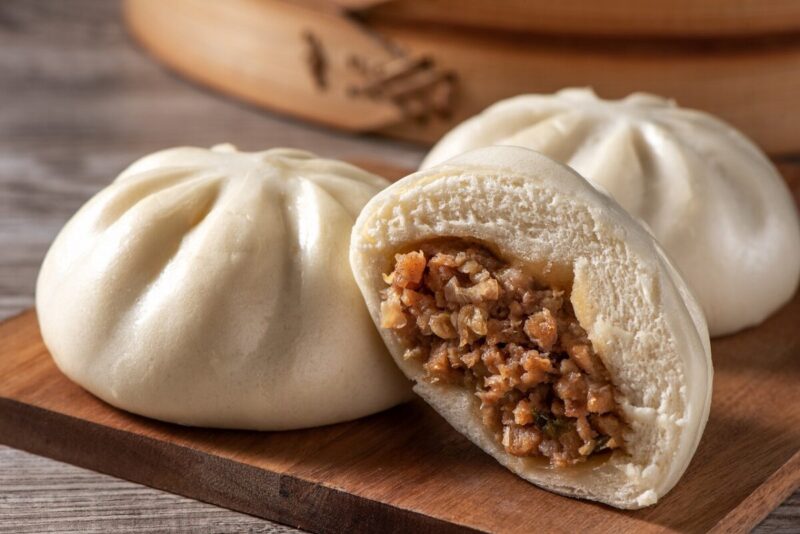
Kanagawa is home to Yokohama Chinatown, the biggest Chinatown in Japan, and the pork buns sold in the area are one of the best in Japan. Particularly known for its soft and fluffy texture, the pork buns in Yokohama Chinatown is filled with juicy pork meat, giving you a burst of flavor on your first bite.
3. Sanmamen
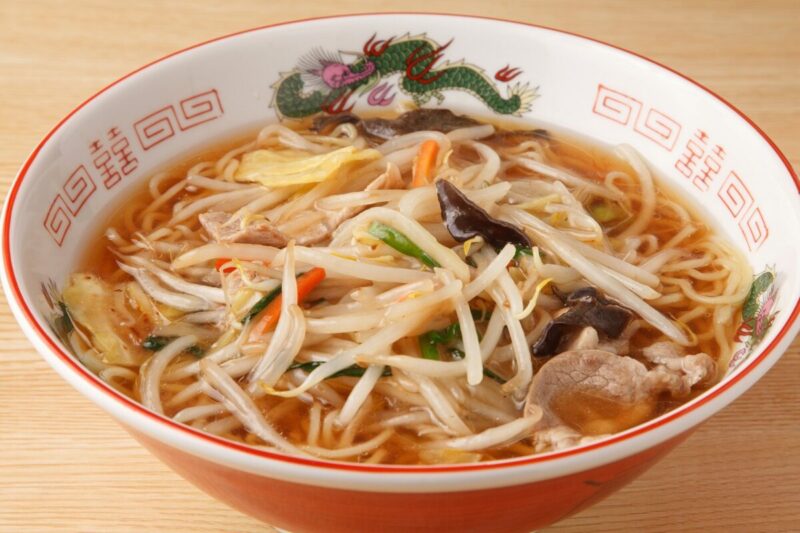
Sanmamen is a specialty of Yokohama, and it was invented by one of the Chinese restaurants in Yokohama Chinatown around 70 years ago. The ramen is made with soy sauce broth and topped with seasonal vegetables, green peppers, shiitake mushrooms, and pork.
4. Kurotamago
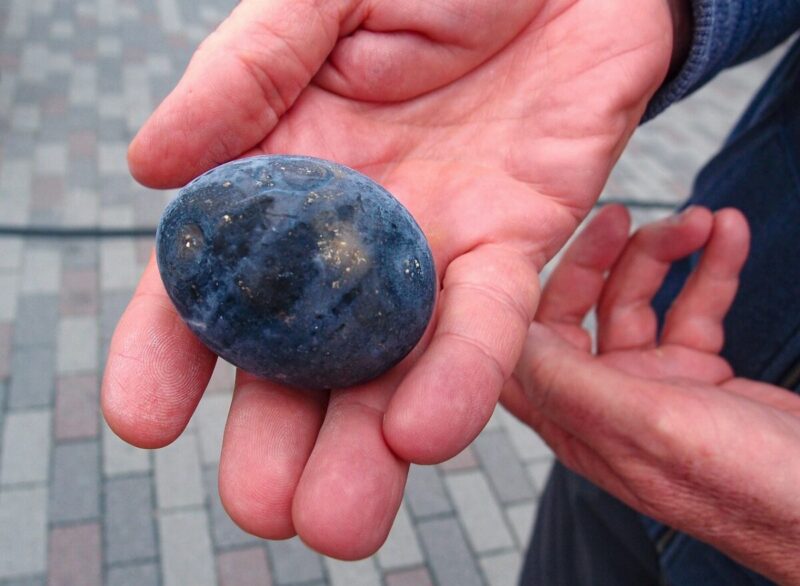
Kurotamago, or the black egg, is a local specialty of Owakudani, which is basically a blackened boiled egg. Kurotamago is made by boiling eggs in Owakudani’s sulfurous hot spring water, and the black color was obtained from the chemical reaction between the egg’s shell and the hot spring water. It is believed that eating one of these eggs will extend your life by seven years.
5. Iekei Ramen
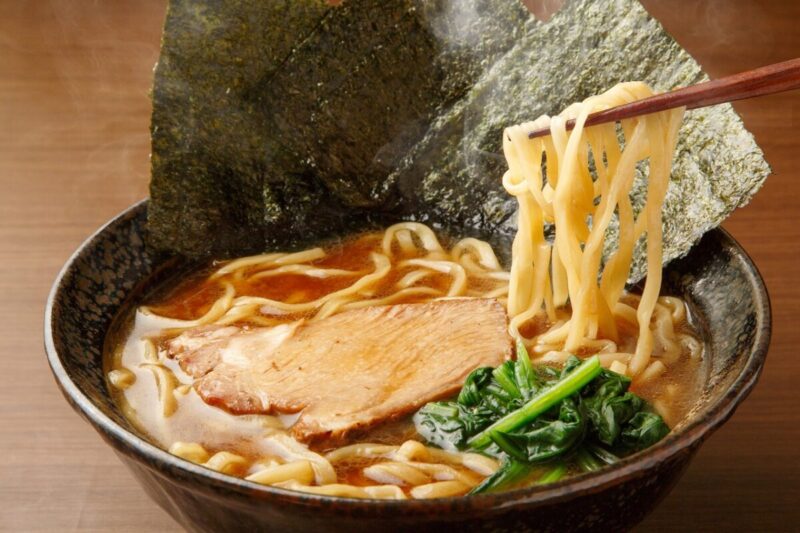
Iekei ramen is a specialty of Yokohama, Japan’s second largest city, and it is particularly known for its thick and creamy blend of tonkotsu (pork broth) and soy sauce broth. The ramen is usually topped with spinach, thick slices of pork belly, ground meatballs, boiled eggs, and green onions.
.
Now that you have an idea of how many fabulous spots are in Kanagawa, all you must do is plan your itinerary to enjoy unforgettable experiences in Kanagawa!
